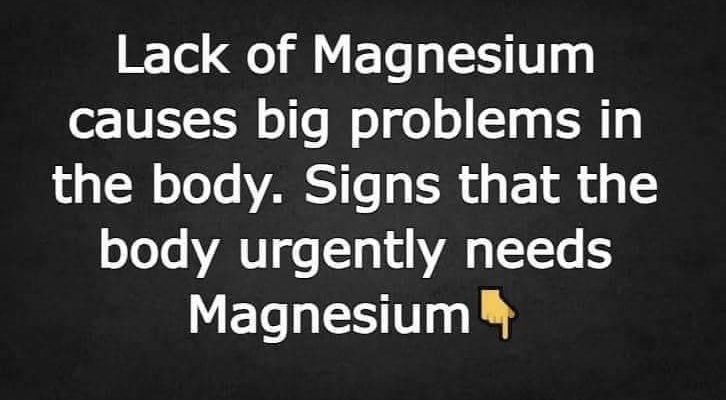
Magnesium is an essential mineral that supports numerous vital functions in the body, such as muscle function, nerve health, and bone strength. It is crucial for maintaining overall health, especially as we age. However, many individuals, particularly those aged 45-65, may experience a deficiency in this important nutrient.
If you notice any of the following symptoms, it could be a sign of low magnesium levels:
- Muscle cramps and spasms
- Fatigue and low energy levels
- Difficulty sleeping or insomnia
- Irregular heartbeat or palpitations
Fortunately, there are easy ways to increase your magnesium intake and help relieve these symptoms. Adequate magnesium levels aid in regulating blood sugar and cholesterol, supporting heart health, and managing conditions like diabetes.
To boost your magnesium levels, try adding magnesium-rich foods to your diet. Examples include:
- Leafy green vegetables such as spinach and kale
- Nuts and seeds like almonds, pumpkin seeds, and sunflower seeds
- Whole grains such as quinoa, oatmeal, and brown rice
- Beans and legumes like black beans, chickpeas, and lentils
Along with dietary changes, magnesium supplements can be a great option to boost your levels. However, it’s essential to consult your healthcare provider before beginning any new supplements, particularly if you have pre-existing health conditions or are taking medications.
Remember, maintaining sufficient magnesium levels is vital for your overall health and well-being. By recognizing the signs of deficiency and taking proactive measures to increase your magnesium intake, you can support your body’s optimal function and enjoy a healthier, more active lifestyle.